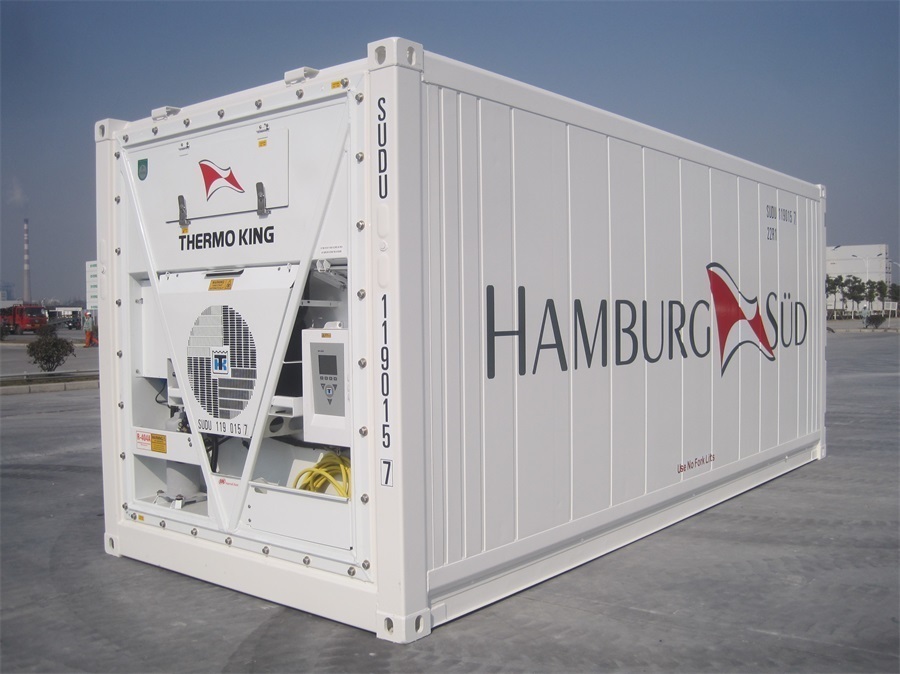The working principle of energy storage systems and their application scenarios
2025-09-04

The working principle of energy storage systems and their application scenarios
In our daily lives, energy conversion and storage are everywhere. Have you ever wondered why some devices can still operate even when the power is cut off? That’s exactly where energy storage systems shine. Now, let’s unravel the mystery of these systems—exploring how they work and how they’re applied in various real-world scenarios.
What is an energy storage tank?
Simply put, an energy storage unit is a device designed to store energy. Its primary function is to capture excess energy for later release when needed. This type of equipment finds extensive use in both industrial and commercial settings—for instance, in renewable energy systems, where energy storage units help balance electricity supply and demand.
The working principle of an energy storage unit
First, let’s take a look at how an energy storage tank works. These tanks typically rely on either electrochemical reactions or physical methods to store energy. Think of it like storing water in a water tower—just as the water in the tower can be readily accessed whenever needed, an energy storage tank can also release its stored energy precisely when required.
The core component of an energy storage system is either a battery or another type of energy-storage technology. Taking batteries as an example, when charging, electrical energy is converted into chemical energy and stored inside the battery; and when electricity is needed, this chemical energy is once again transformed back into electrical energy, which is then released. While this process may seem straightforward, it actually involves intricate electrochemical reactions.
Application scenarios of energy storage systems
The application scenarios for energy storage systems can be said to be quite extensive. Here are some of the key areas where they are used:
1. Renewable Energy
In the field of renewable energy sources such as wind and solar power, energy storage systems play a crucial role. Since wind and solar power generation is inherently unstable, these systems can store excess energy when production exceeds demand and release it during periods of insufficient generation, thereby ensuring a stable electricity supply. Imagine: without energy storage systems, solar and wind energy would be difficult to fully harness, and grid stability would be severely compromised.
2. Power Regulation
In power dispatch, energy storage units are used to balance the load. During peak electricity demand, these units can quickly release their stored energy, easing the strain on the grid and preventing overloading. Meanwhile, during off-peak hours, they recharge, helping to avoid energy waste. In this way, energy storage units act like a smart energy manager, always working to meet our electricity needs.
3. Backup Power Supply
Have you ever found yourself in the awkward situation of a sudden power outage? In such cases, energy storage units can serve as backup power sources, providing temporary electricity to critical equipment. For instance, in places like hospitals and data centers—where power demands are exceptionally high—energy storage units ensure continuous operation of essential systems, preventing losses caused by unexpected blackouts.
4. Electric vehicle charging
With the growing popularity of electric vehicles, energy storage units are increasingly being integrated into charging stations. At charging stations, these units can store electricity purchased during off-peak hours when nighttime rates are lower, and then release it during peak periods, providing convenient and efficient charging services for electric vehicles. This approach not only helps reduce costs but also eases the strain on the power grid.
The future development of energy storage systems
The technicians working on energy storage systems are continuously making progress, and future energy storage units will be even more efficient and environmentally friendly. As battery technology advances, the energy density, charge-discharge efficiency, and lifespan of these systems are expected to improve significantly. Moreover, researchers are also exploring innovative new methods of energy storage, such as hydrogen-based storage, which will further expand the application possibilities of energy storage systems.
Summary
Overall, energy storage systems are highly practical devices that help us make better use of various energy sources by storing and releasing energy efficiently. They hold vast potential in fields such as renewable energy, backup power supplies, and electricity regulation. As technology continues to advance, future energy storage systems will become even smarter and more environmentally friendly, bringing greater convenience to our daily lives.
In our daily lives, energy conversion and storage are everywhere. Have you ever wondered why some devices can still operate even when the power is cut off? That’s exactly where energy storage systems shine. Now, let’s unravel the mystery of these systems—exploring how they work and how they’re applied in various real-world scenarios.
What is an energy storage tank?
Simply put, an energy storage unit is a device designed to store energy. Its primary function is to capture excess energy for later release when needed. This type of equipment finds extensive use in both industrial and commercial settings—for instance, in renewable energy systems, where energy storage units help balance electricity supply and demand.
The working principle of an energy storage unit
First, let’s take a look at how an energy storage tank works. These tanks typically rely on either electrochemical reactions or physical methods to store energy. Think of it like storing water in a water tower—just as the water in the tower can be readily accessed whenever needed, an energy storage tank can also release its stored energy precisely when required.
The core component of an energy storage system is either a battery or another type of energy-storage technology. Taking batteries as an example, when charging, electrical energy is converted into chemical energy and stored inside the battery; and when electricity is needed, this chemical energy is once again transformed back into electrical energy, which is then released. While this process may seem straightforward, it actually involves intricate electrochemical reactions.
Application scenarios of energy storage systems
The application scenarios for energy storage systems can be said to be quite extensive. Here are some of the key areas where they are used:
1. Renewable Energy
In the field of renewable energy sources such as wind and solar power, energy storage systems play a crucial role. Since wind and solar power generation is inherently unstable, these systems can store excess energy when production exceeds demand and release it during periods of insufficient generation, thereby ensuring a stable electricity supply. Imagine: without energy storage systems, solar and wind energy would be difficult to fully harness, and grid stability would be severely compromised.
2. Power Regulation
In power dispatch, energy storage units are used to balance the load. During peak electricity demand, these units can quickly release their stored energy, easing the strain on the grid and preventing overloading. Meanwhile, during off-peak hours, they recharge, helping to avoid energy waste. In this way, energy storage units act like a smart energy manager, always working to meet our electricity needs.
3. Backup Power Supply
Have you ever found yourself in the awkward situation of a sudden power outage? In such cases, energy storage units can serve as backup power sources, providing temporary electricity to critical equipment. For instance, in places like hospitals and data centers—where power demands are exceptionally high—energy storage units ensure continuous operation of essential systems, preventing losses caused by unexpected blackouts.
4. Electric vehicle charging
With the growing popularity of electric vehicles, energy storage units are increasingly being integrated into charging stations. At charging stations, these units can store electricity purchased during off-peak hours when nighttime rates are lower, and then release it during peak periods, providing convenient and efficient charging services for electric vehicles. This approach not only helps reduce costs but also eases the strain on the power grid.
The future development of energy storage systems
The technicians working on energy storage systems are continuously making progress, and future energy storage units will be even more efficient and environmentally friendly. As battery technology advances, the energy density, charge-discharge efficiency, and lifespan of these systems are expected to improve significantly. Moreover, researchers are also exploring innovative new methods of energy storage, such as hydrogen-based storage, which will further expand the application possibilities of energy storage systems.
Summary
Overall, energy storage systems are highly practical devices that help us make better use of various energy sources by storing and releasing energy efficiently. They hold vast potential in fields such as renewable energy, backup power supplies, and electricity regulation. As technology continues to advance, future energy storage systems will become even smarter and more environmentally friendly, bringing greater convenience to our daily lives.
Previous post:
Contact Us
Business contact:0086-512 33027708
Phone:0086-512 33027777
Email:xingbiao.shi@cimc.com
Address: No. 99 Binjiang Avenue, Taicang Port Economic and Technological Development Zone, Jiangsu Province







